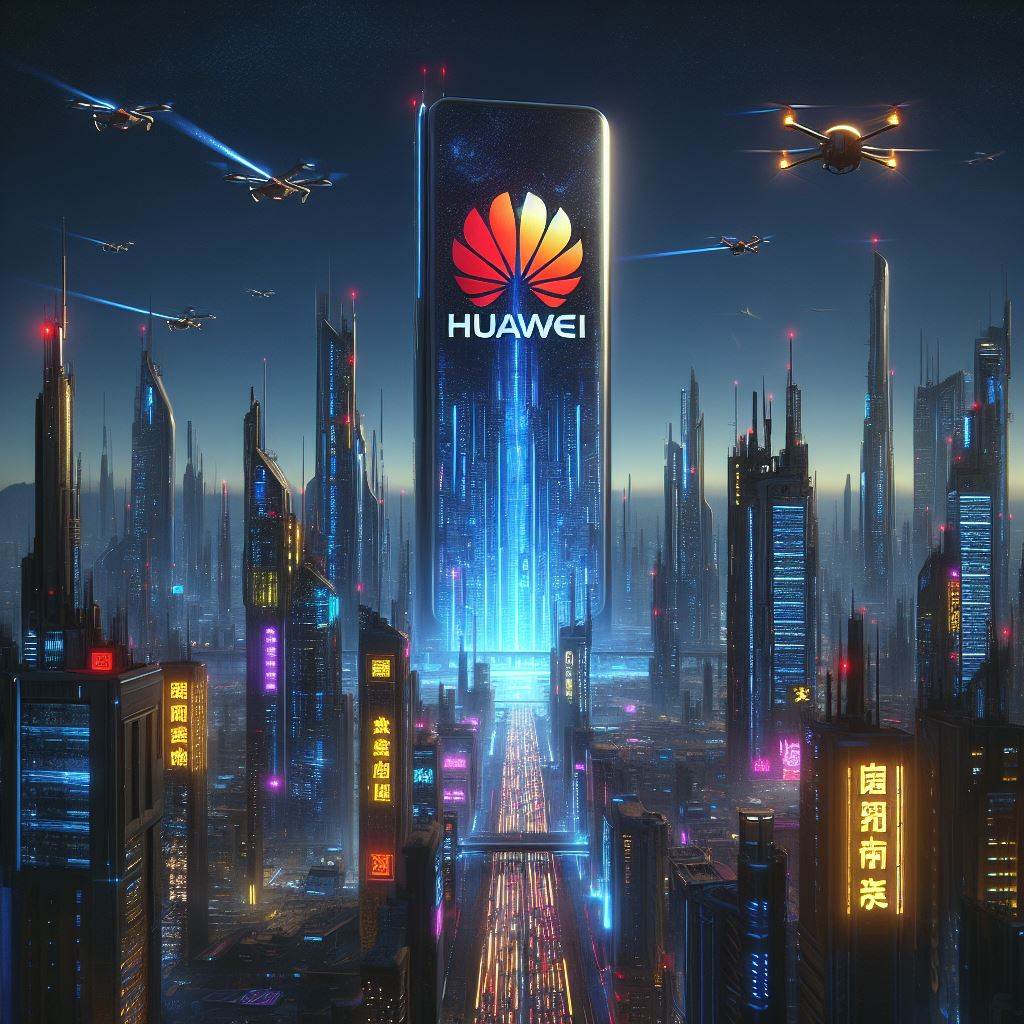Huawei US ban: Ren Zhengfei’s words from 2019, spoken in the midst of the US embargo on Huawei, resonate with a powerful truth today: ‘We are a wounded animal, but we will come roaring back and dominate the world’. Huawei has indeed returned, not just stronger and more independent, but also more commercially formidable. The restrictions imposed by the Americans, far from halting progress, have only accelerated a process that was inevitable. They have, in fact, played a significant role in the emergence of a Chinese chip industry that was once considered primitive compared to the likes of Samsung, TSMC, and Intel.
Huawei’s prowess in the consumer sphere is evident with the new version of the Kirin processor, a collaboration with SMIC. Despite a production process that may not be considered advanced, it delivers exceptional performance, supporting flagship smartphones like the Mate 60 Pro. The recent benchmarks on Geekbench reveal the power of an ARM V8 processor for servers, achieving identical performance to an Epyc AMD processor from a couple of years ago, such as the 7763. This value is also comparable to an Xeon E3-1285, a processor with a few years of history.
A dragon ascending the abyss
The performance almost certainly refers to a ‘virtual’ CPU of a cloud server. Hence, someone ran this benchmark on Linux from a virtual machine of the Huawei Cloud OpenStack Nova platform for which only one vCPU was allocated. According to rumours, we should be looking at the Taishan V120 core, the same core found inside the Kirin 9000S: Huawei would have designed a new type of core using ARM instructions that would be flexible enough to be adapted for both consumer and data centre use, a bit like Qualcomm’s Oryon.

The processor would instead be the Kunpeng 930, the data centre version of the Kirin also developed by HiSilicon: Huawei was supposed to launch the 5nm Kunpeng 930 in 2019 immediately after the arrival of the Kirin 9000, followed by the 3-nanometre Kunpeng 950, but the blocks imposed by the US had halted the projects. Thanks to SMIC, the Kunpeng 930 would be reborn at 7 nanometres, exactly like the Kirin 9000S.
If Huawei’s doing on PC and server processors is astonishing, what it does in AI is even more astonishing. Indeed, it seems that the Ascend 910B, the chip developed by Huawei for machine learning, can outperform NVIDIA’s A100 in this area. Moreover, the ban on Huawei is seriously starting to creak. For several months, the US has been considering alternative strategies to make the ban initially imposed in 2019 by the then-Trump administration effective again.
The 5G scenario
The Chinese company’s return to the 5G smartphone market with the Mate 60 series took the US and others by surprise. SMIC’s contribution with Kirin 9000s was fundamental to this ‘sudden’ resurgence despite the technology adopted being less advanced than that of the competition. The gap, however, seems destined to narrow in the short term: the first 5nm SMIC chips are expected by the end of 2024, and now, from Asia comes the first information on establishing a team for the research and development of the 3nm node. If the targeted result were to be correctly achieved, the ban would, at this point, be almost useless, and Huawei could consider itself autonomous from foreign companies.



